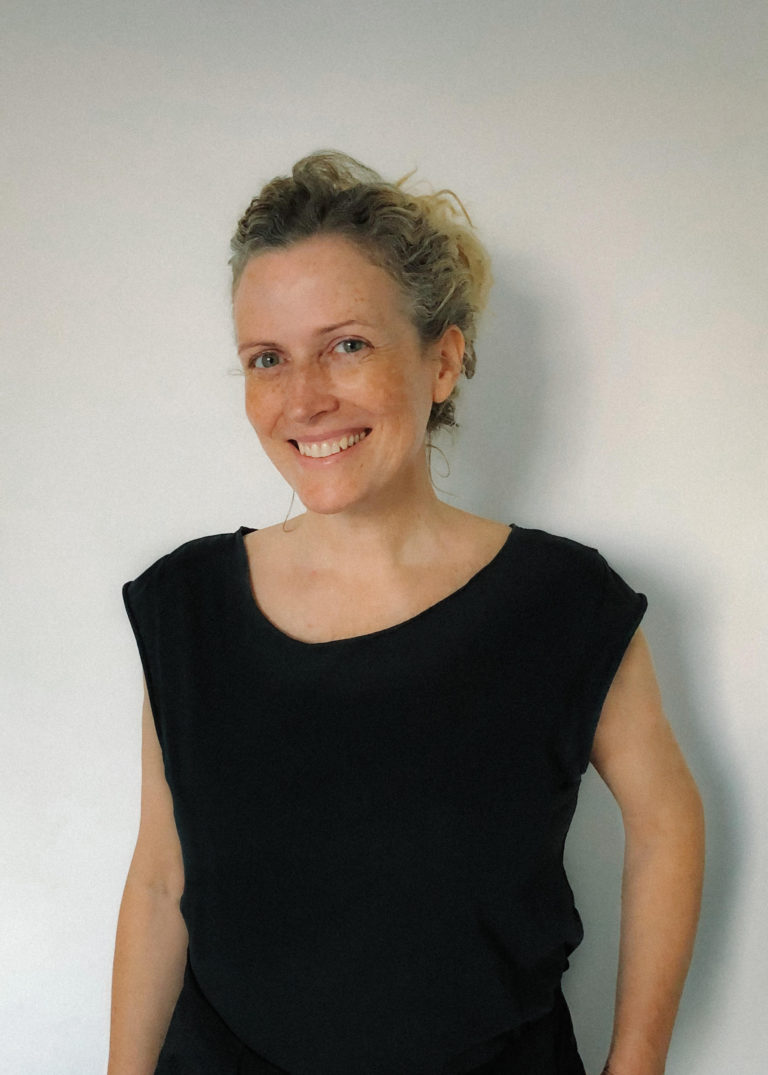With an experience of more than twenty years in the footwear-manufacturing industry, Brazilian Claudia Garcia is a purchasing consultant for international buyers working with leading chains and department stores in the United States and Mexico. Her professional life is divided between the two sides of the Atlantic Ocean: in North America, where her customers are located and in Europe where her suppliers are located. Her commercial expertise is flanked by her ability as a fashion designer, which allows her to work on complex projects for her customers that range from the design and development of a collection, up to the selection of the very best manufacturers – from Italian footwear manufacturers in Veneto and Naples, to those in Spain and Portugal – while also controlling the various phases of production.
We asked her: what do you think of the latest edition of Expo Riva Schuh?
“Usually for fairs, it’s the numbers that make the difference, while for Expo Riva Schuh, in July, it was the ‘selection’ to make the difference. The selection of those who decided to participate, despite the restrictions on travel and all the uncertainties surrounding the current situation. This generated business opportunities and lots of satisfaction. After all this time of standstill, returning to seeing one another in-person (and live) was fundamental in reconnecting, plus, since the dimensions of the fair were more streamlined, it was also an excellent opportunity for finding new suppliers”.
What products are of greater interest to you now?
“For summer 2022, I focused quite a bit on casual, choosing the right balance between comfort and style. Chunky sandals, easy-to wear flatforms and slipper-inspired sandals with soft leathers. For this season, there is also a focus on flats, which make a comeback after being absent for a few seasons. In the Expo Riva Schuh women’s collections, I appreciated footwear that reflects a decidedly urban-chic taste.
For our sportswear collection and above all for sneakers, we went in two directions, alternating a fluid and soft design characterised by a styling proposal between men’s and women’s with trekking-inspired models. We did our best to favour proposals that contribute to a sustainable fashion”.
What kind of purchasing strategies do you use?
“The buzzword is ‘lots of caution’. We have restarted, but are still at levels inferior to pre-Covid ones. In countries where there is an important footwear-manufacturing presence, like Mexico, the strategy was that of favouring purchases in the domestic market, in consideration of the logistics issues connected to that moment. Even the interruption of the supply chain in Asian countries had an important consequence: many companies were forced to look for new suppliers in Europe, bringing production back to the Old Continent, where there are numerous advantages that range from the possibility of placing orders with lower minimum order quantities, to fewer expenses in terms of logistics”.
What scenarios do you imagine for the future?
“I’m an optimist. With the slowdown of anti-Covid restrictive measures and the improved outlook of consumers, there is hope that there will be an interesting recovery for next year.
As far as market trends are concerned, besides the reinforcement of the casual and athletic footwear model trend, which is a result not only of the many months of forcibly being shut in our homes, but also of trends that were already underway in the market before the pandemic, I believe that the near future will be greatly influenced by the tastes and needs of those who are under 40 (Millennials and Gen Z), who in 2025 will represent over 52% of global consumers. Influenced by the Cottagecore and 'second hand' style, they are in search of an authentic, sustainable, and inclusive fashion that transmits a message, and are very attentive of brands that put the values they preach into action”.



